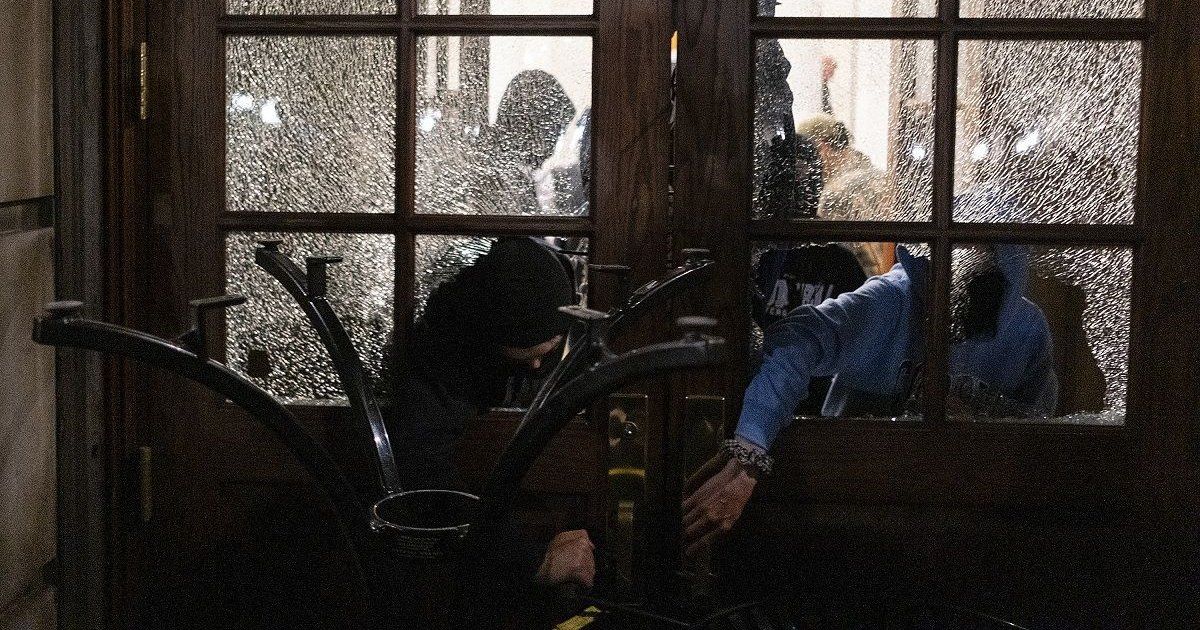“There are very few chances of them surviving,” he explained in ‘The AR Program’ on Mediaset. The naval expert explained that the The only chance to save them is for them to be on the surface, since there are “more ships and helicopters searching” but it would still be “one case in a million since the artifact is very small”. The Titan submarine measures seven meters and in the open ocean it is like looking for a needle in a haystack.
In the case of being on the seabed, Crucelaegui maintains that even if they were located this morning “it would take days to get them out and either by hypothermia or hypoxia they would all die”.
The ‘Titan’ did not meet international standards
For the naval expert, it has been a real “daring on the part of those responsible for the company” to offer this type of voyage without adequate protection systems, neither in communications nor in logistical support. It should have been accompanied by one of similar characteristics.
“They thought they were very smart and that they had everything under control,” he asserts, and maintains that “it is not acceptable” that the communications of a submersible like that, operating in extreme situations, “disappear completely” due to a simple inconvenience. “The normal thing is that these artifacts are provided with different devices that can emit at different frequencies, either radio frequency or sonic” and the Titan was not. Nor did it have alternative devices in case of an accident or problem when submerging.
It is not explicable that there is no alternative device from the company that may be helping
The lack of these complementary security systems could have cost them their lives. “If they’re hooked they can’t get their hand out. A silly thing like that… or a strong underwater current that has driven them against the remains of the wreck” it can cost them their lives. Something that would have been solved with alternative communication systems.
Crucelaegui affirms that “the operation and exploitation of these submersibles should meet other conditions.” The company did not comply with them as it was in international waters and did not apply the safety regulations of the IMO, the International Maritime Organization.
“The matter of submarines is too complex to be left to experiments”
The world of underwater exploration is very complex. And going from 500 to 4,000 meters deep is quite a technological challenge. This company is the only one that descended to those depths on a commercial basis. And it has been “daring and outrageous”, according to the director of the School of Naval Engineers.
Crucelaegui believes that this can serve as a “wake-up call about the technological level involved in lowering an artifact to 3,700 meters.” Not everyone can afford such investigations.
NASA has spent years researching materials that resist the pressure of going down to more than 3,000 meters to create submarines and structures that resist. The seabed is an unexplored territory and its exploitation could be “the future of the survival of the species”, Crucelaegui argues.
NASA is the Formula 1 of this type of underwater research. The seabed may be the future of the survival of the human species
“NASA is Formula 1 of this type of underwater research,” says Crucelaegui and throws a dart at the companies that launch into these territories without adequate protection and technology and proves it. “You can do Formula 1 with fireproof helmets and suits but not without any protection,” says the director of the School of Naval Engineers. “The underwater issue is too complex to be left to experiments.”






